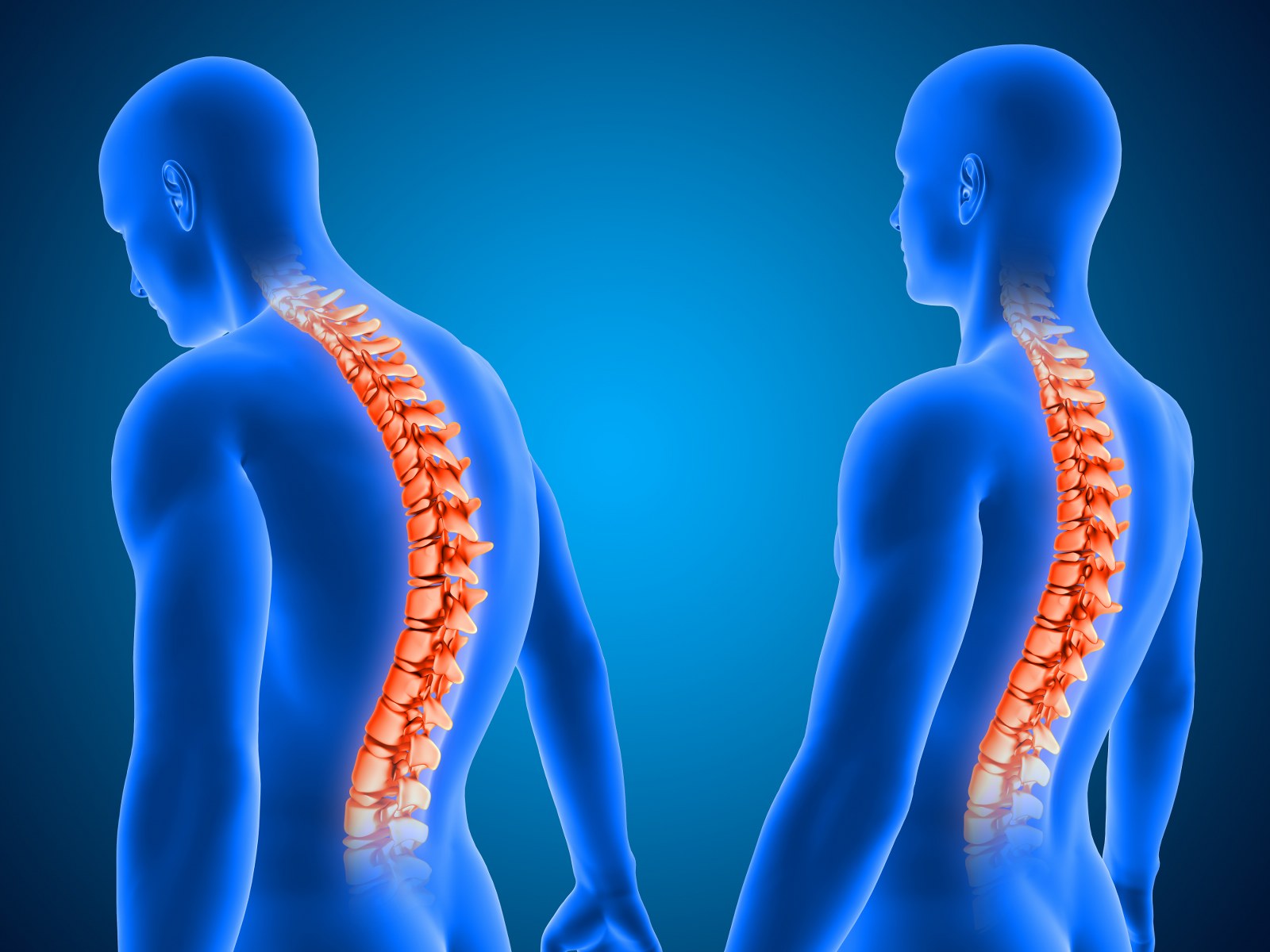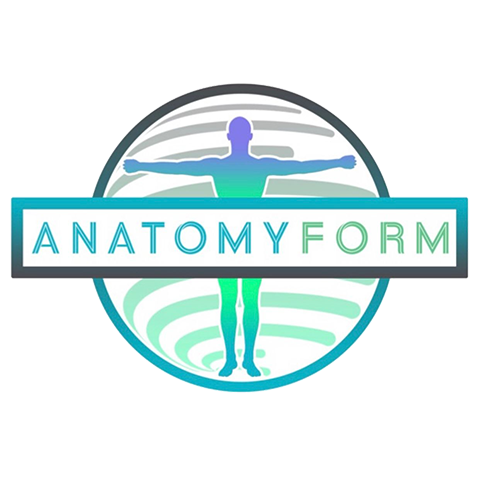Meniscus
What is a Meniscus Tear?
In human anatomy, the two C-shaped cartilage parts that act as a cushion between the shin and thigh bone in the knees are called menisci. The meniscus prevents wear and tear that can be caused by bones that are constantly actively moving by rubbing against each other.
The most common disease that occurs in the knee is meniscus tear. This process negatively affects the knee area, causing weakness, loss of strength and pain in the knee area.
What Causes a Meniscus Tear?
Meniscus is common in sports such as soccer, kick boxing, etc., which involve mutual physical contact, intense kicking, and sports that involve jumping, jumping and sudden intervention such as volleyball and basketball, where the knee area is likely to be damaged. In many patients, meniscus may occur together with other knee injuries such as cruciate ligament injury. In addition to active sports, meniscus tears can occur in more than % 40% of people over the age of 65. This is triggered by the weakening and degeneration of the meniscus with advancing age.What is the Treatment Method for Meniscus Tear?
There are symptomatic problems and complications such as pain and swelling caused by a meniscal tear. The patient can start medication for these symptomatic problems and complications, but no medication for a meniscal tear will ever provide a permanent treatment. Medications for meniscus tear may provide temporary benefits, but they may also cause permanent problems that increase the risk of bleeding and ulcers. Another treatment method for meniscus tears is injections. The content and purpose of the injection is the same as the medication, only the method of administration is different, so the needle treatment method does not provide a permanent treatment method for meniscus tear. Another treatment method for a meniscus tear is surgery. Meniscus tear surgery is a riskier and more difficult surgery than it is thought to be, requiring many cutting, piercing tools and electronic devices. Like medication and injection therapy, surgery does not provide a permanent solution for a meniscus tear.Meniscal tear patients should be evaluated from a holistic perspective. Considering the patient's potential to heal his/her own body, an appropriate physiotherapy and rehabilitation program should be applied according to the patient's gender, age, muscle and bone tone, degree and stage of the disease, and a manual therapy treatment method should be applied on an equal basis with this program. The correct and permanent method for meniscal tear disease is the manual therapy method applied in the Anatomy Form dimension.
- Mon. Ramazan Burak Sezen
You can call our contact number for detailed information. +90 544 105 05 44The satisfaction of our patients who consult us is the equivalent of the promise that all the procedures performed are permanent.
Recovery Process
Anatomy Form is the maximum for all diseases requiring physical therapy. It performs 4 sessions of application. Noticeable healing process from the first session The treatment process does not interfere with the patient's social and work activity.

Our treatment success rate %90is over.
%100 we do not end session programs without results.
What Causes a Meniscus Tear?
Meniscus is common in sports such as soccer, kick boxing, etc., which involve mutual physical contact, intense kicking, and sports that involve jumping, jumping and sudden intervention such as volleyball and basketball, where the knee area is likely to be damaged. In many patients, the meniscus may occur together with other knee injuries such as cruciate ligament injury. In addition to active sports, meniscus tears can occur in more than % 40% of people over the age of 65. This is triggered by the weakening and degeneration of the meniscus with advancing age.
How is a meniscus tear diagnosed?
To diagnose a meniscal tear, the doctor will ask the patient for a thorough oral and physical examination. After the verbal and physical examination, the patient may also be asked for X-rays and an MRI (Magnetic Resonance Imaging) scan for a more detailed examination and evaluation of the knee.
What is the Treatment Method for Meniscus Tear?
There are symptomatic problems and complications such as pain and swelling caused by a meniscal tear. The patient can start medication for these symptomatic problems and complications, but no medication for a meniscal tear will ever provide a permanent treatment. Medications for meniscus tear may provide temporary benefits, but they may also cause permanent problems that increase the risk of bleeding and ulcers. Another treatment method for meniscus tears is injections. The content and purpose of the injection is the same as the medication, only the method of administration is different, so the needle treatment method does not provide a permanent treatment method for meniscus tear. Another treatment method for a meniscus tear is surgery. Meniscus tear surgery is a riskier and more difficult surgery than it is thought to be, requiring many cutting, piercing tools and electronic devices. Like medication and injection therapy, surgery does not provide a permanent solution for a meniscus tear.
Meniscal tear patients should be evaluated from a holistic perspective. Considering the patient's potential to heal his/her own body, an appropriate physiotherapy and rehabilitation program should be applied according to the patient's gender, age, muscle and bone tone, degree and stage of the disease, and a manual therapy treatment method should be applied on an equal basis with this program.
The correct and permanent method for meniscus tear disease is the manual therapy method applied in Anatomy Form size.
We are Preferred!
Anatomy Form does not use drugs, radiation, needles, scalpels or surgical methods!
Let us call you!
Leave your information and we will call you as soon as possible for detailed information!
